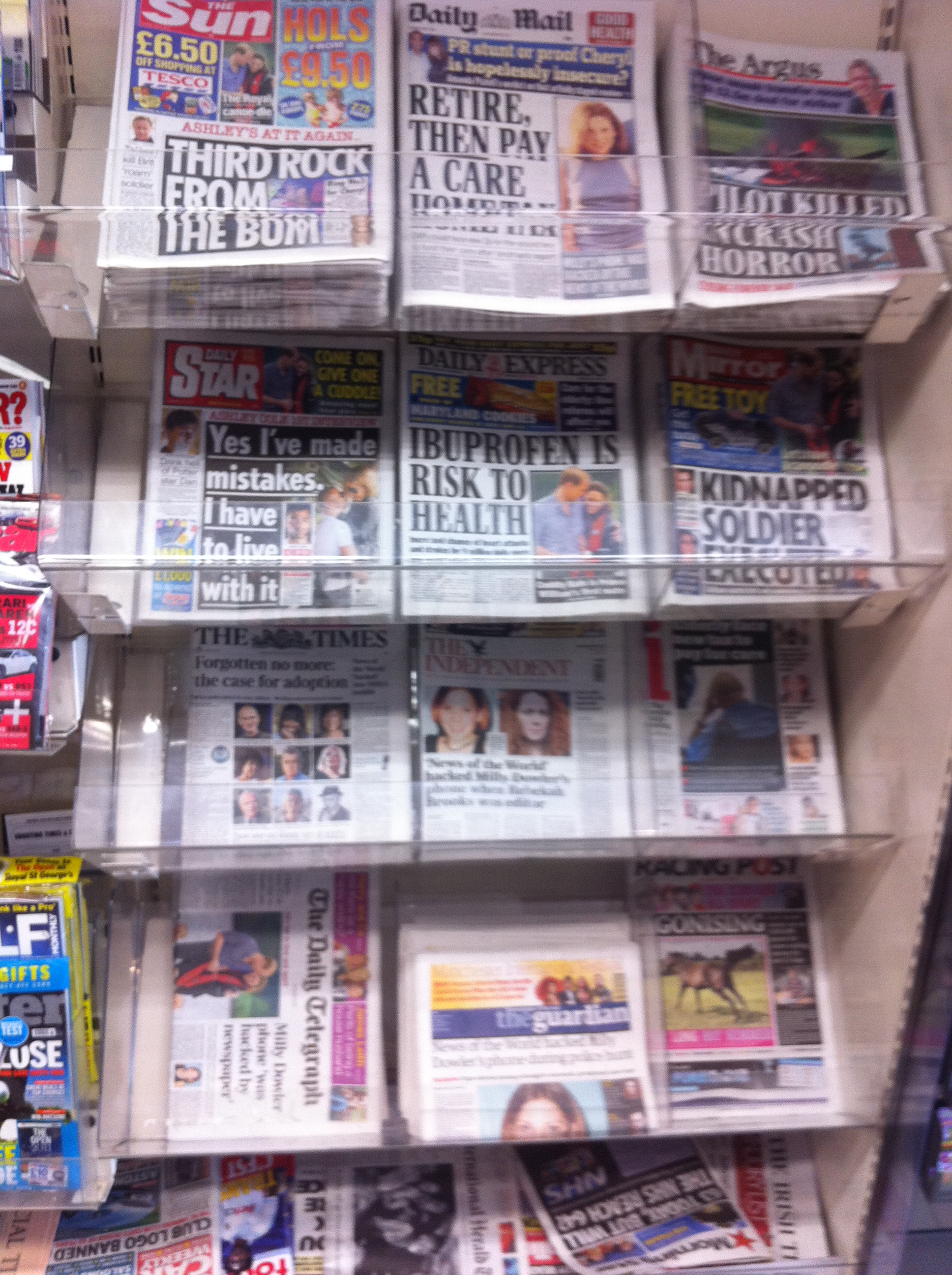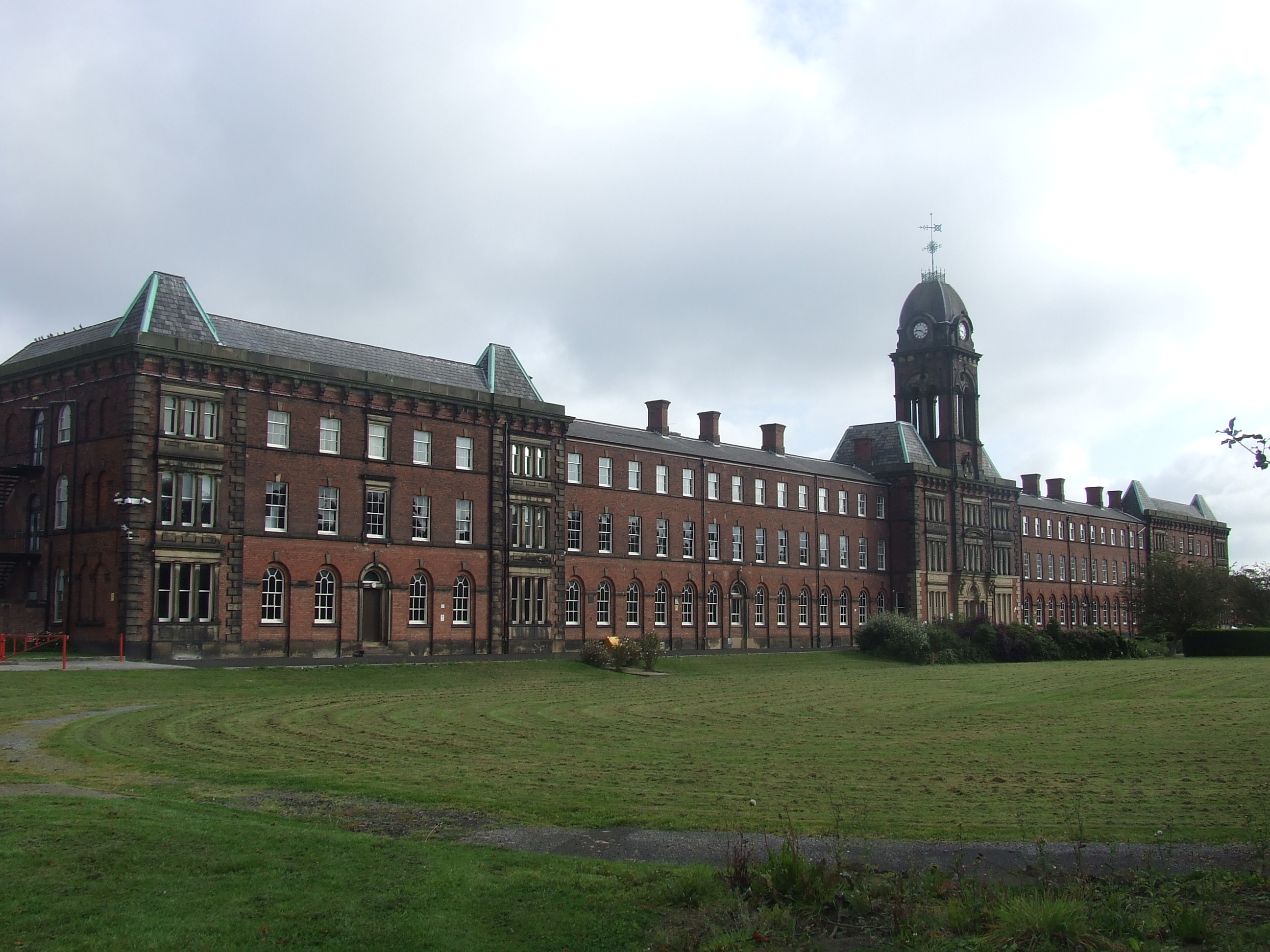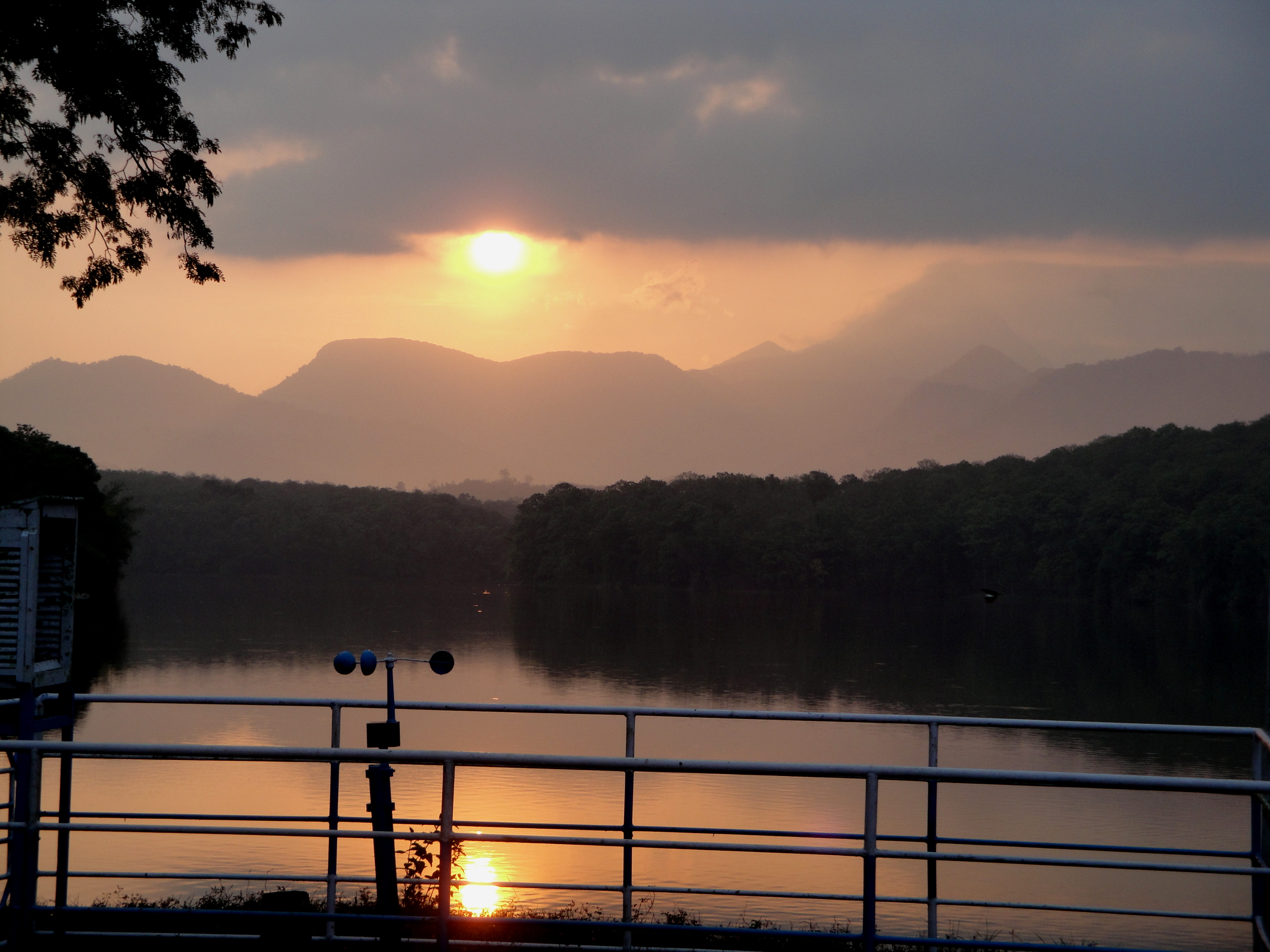|
Lancashire Post
The ''Lancashire Evening Post'' is a daily newspaper based in Fulwood, a suburb of the city of Preston, Lancashire, England. According to the British Library The British Library is the national library of the United Kingdom and is one of the largest libraries in the world. It is estimated to contain between 170 and 200 million items from many countries. As a legal deposit library, the British ..., its first edition was published on 18 October 1886. It is known locally as the ''LEP''. External links * * Newspapers published in Lancashire Publications established in 1886 Evening newspapers Mass media in Preston Daily newspapers published in the United Kingdom Newspapers published by Johnston Press {{England-newspaper-stub ... [...More Info...] [...Related Items...] OR: [Wikipedia] [Google] [Baidu] |
Newspaper
A newspaper is a periodical publication containing written information about current events and is often typed in black ink with a white or gray background. Newspapers can cover a wide variety of fields such as politics, business, sports and art, and often include materials such as opinion columns, weather forecasts, reviews of local services, obituaries, birth notices, crosswords, editorial cartoons, comic strips, and advice columns. Most newspapers are businesses, and they pay their expenses with a mixture of subscription revenue, newsstand sales, and advertising revenue. The journalism organizations that publish newspapers are themselves often metonymically called newspapers. Newspapers have traditionally been published in print (usually on cheap, low-grade paper called newsprint). However, today most newspapers are also published on websites as online newspapers, and some have even abandoned their print versions entirely. Newspapers developed in the 17th century ... [...More Info...] [...Related Items...] OR: [Wikipedia] [Google] [Baidu] |
Tabloid (newspaper Format)
A tabloid is a newspaper with a compact page size smaller than broadsheet. There is no standard size for this newspaper format. Etymology The word ''tabloid'' comes from the name given by the London-based pharmaceutical company Burroughs Wellcome & Co. to the compressed tablets they marketed as "Tabloid" pills in the late 1880s. The connotation of ''tabloid'' was soon applied to other small compressed items. A 1902 item in London's ''Westminster Gazette'' noted, "The proprietor intends to give in tabloid form all the news printed by other journals." Thus ''tabloid journalism'' in 1901, originally meant a paper that condensed stories into a simplified, easily absorbed format. The term preceded the 1918 reference to smaller sheet newspapers that contained the condensed stories. Types Tabloid newspapers, especially in the United Kingdom, vary widely in their target market, political alignment, editorial style, and circulation. Thus, various terms have been coined to descr ... [...More Info...] [...Related Items...] OR: [Wikipedia] [Google] [Baidu] |
Johnston Press
Johnston Press plc was a multimedia company founded in Falkirk, Scotland, in 1767. Its flagship titles included UK-national newspaper the '' i'', ''The Scotsman'', the ''Yorkshire Post'', the ''Falkirk Herald'', and Belfast's ''The News Letter''. The company was operating around 200 newspapers and associated websites around the United Kingdom and the Isle of Man when it went into administration and was the purchased by JPIMedia in 2018. The ''Falkirk Herald'' was the company's first acquisition in 1846. Johnston Press's assets were transferred to JPIMedia in 2018, who continued to publish its titles. Johnston Press announced it would place itself in administration on 16 November 2018 after it was unable to find a suitable buyer of the business to refinance £220m of debt. It was delisted from the London Stock Exchange on 19 November 2018. Johnston Press and its assets were brought under the control of JPIMedia on 17 November 2018 after a pre-packaged deal was agreed with creditor ... [...More Info...] [...Related Items...] OR: [Wikipedia] [Google] [Baidu] |
Fulwood, Lancashire
Fulwood is an area and unparished area in Lancashire, England, forming much of the northern half of the unparished part of the City of Preston district. It had a population of 28,535 in 2011 and is made up of five wards. For several reasons, despite its close proximity to Preston, it has remained distinctly separated. Historically, Fulwood was governed independently from Preston until 1974. Furthermore, since the majority of the area is encompassed under The Fulwood Conservation Area, it has remained geographically separate from Preston. History Fulewde, 1199; Fulewude, 1228; Fulwode, 1297. The extract below by John Marius Wilson, Imperial Gazetteer of England and Wales (1870–72) described Fulwood and its history during its early Victorian foundations: "FULWOOD, a township-chapelry in Lancaster parish, Lancashire; on the Lancaster and Preston railway, 1.5 mile N of Preston. It has a station on the railway; and its post town is Preston. Acres, 2077. Real property, £6,218. P ... [...More Info...] [...Related Items...] OR: [Wikipedia] [Google] [Baidu] |
City Of Preston, Lancashire
The City of Preston () is a city and non-metropolitan district in Lancashire, England. On the north bank of the River Ribble, it was granted city status in 2002, becoming England's 50th city in the 50th year of Queen Elizabeth II's reign. The City of Preston district has a population of (), and lies at the centre of the Central Lancashire sub-region, with a population of 335,000. The district, formerly known as the Borough of Preston, is named after the urban settlement of Preston which lies in the south of the district, and also contains nine civil parishes. History In 1974, the non-metropolitan district of Preston was formed from the County Borough of Preston, Fulwood Urban District, and a major part of Preston Rural District. The district was granted city status in 2002. Governance Preston City Council The City of Preston is divided into 16 district council wards represented by 48 councillors. In 2017 there are about 6,000 electors per ward, expected to rise to about 6,3 ... [...More Info...] [...Related Items...] OR: [Wikipedia] [Google] [Baidu] |
Preston, Lancashire
Preston () is a city on the north bank of the River Ribble in Lancashire, England. The city is the administrative centre of the county of Lancashire and the wider City of Preston local government district. Preston and its surrounding district obtained city status in 2002, becoming England's 50th city in the 50th year of Queen Elizabeth II's reign. Preston has a population of 114,300, the City of Preston district 132,000 and the Preston Built-up Area 313,322. The Preston Travel To Work Area, in 2011, had a population of 420,661, compared with 354,000 in the previous census. Preston and its surrounding area have provided evidence of ancient Roman activity, largely in the form of a Roman road that led to a camp at Walton-le-Dale. The Angles established Preston; its name is derived from the Old English meaning "priest's settlement" and in the ''Domesday Book'' is recorded as "Prestune". In the Middle Ages, Preston was a parish and township in the hundred of Amounderness an ... [...More Info...] [...Related Items...] OR: [Wikipedia] [Google] [Baidu] |
England
England is a country that is part of the United Kingdom. It shares land borders with Wales to its west and Scotland to its north. The Irish Sea lies northwest and the Celtic Sea to the southwest. It is separated from continental Europe by the North Sea to the east and the English Channel to the south. The country covers five-eighths of the island of Great Britain, which lies in the North Atlantic, and includes over 100 smaller islands, such as the Isles of Scilly and the Isle of Wight. The area now called England was first inhabited by modern humans during the Upper Paleolithic period, but takes its name from the Angles, a Germanic tribe deriving its name from the Anglia peninsula, who settled during the 5th and 6th centuries. England became a unified state in the 10th century and has had a significant cultural and legal impact on the wider world since the Age of Discovery, which began during the 15th century. The English language, the Anglican Church, and Engli ... [...More Info...] [...Related Items...] OR: [Wikipedia] [Google] [Baidu] |
British Library
The British Library is the national library of the United Kingdom and is one of the largest libraries in the world. It is estimated to contain between 170 and 200 million items from many countries. As a legal deposit library, the British Library receives copies of all books produced in the United Kingdom and Ireland, including a significant proportion of overseas titles distributed in the UK. The Library is a non-departmental public body sponsored by the Department for Digital, Culture, Media and Sport. The British Library is a major research library, with items in many languages and in many formats, both print and digital: books, manuscripts, journals, newspapers, magazines, sound and music recordings, videos, play-scripts, patents, databases, maps, stamps, prints, drawings. The Library's collections include around 14 million books, along with substantial holdings of manuscripts and items dating as far back as 2000 BC. The library maintains a programme for content acquis ... [...More Info...] [...Related Items...] OR: [Wikipedia] [Google] [Baidu] |
Newspapers Published In Lancashire
A newspaper is a periodical publication containing written information about current events and is often typed in black ink with a white or gray background. Newspapers can cover a wide variety of fields such as politics, business, sports and art, and often include materials such as opinion columns, weather forecasts, reviews of local services, obituaries, birth notices, crosswords, editorial cartoons, comic strips, and advice columns. Most newspapers are businesses, and they pay their expenses with a mixture of subscription revenue, newsstand sales, and advertising revenue. The journalism organizations that publish newspapers are themselves often metonymically called newspapers. Newspapers have traditionally been published in print (usually on cheap, low-grade paper called newsprint). However, today most newspapers are also published on websites as online newspapers, and some have even abandoned their print versions entirely. Newspapers developed in the 17th century, ... [...More Info...] [...Related Items...] OR: [Wikipedia] [Google] [Baidu] |
Publications Established In 1886
To publish is to make content available to the general public.Berne Convention, article 3(3) URL last accessed 2010-05-10.Universal Copyright Convention, Geneva text (1952), article VI . URL last accessed 2010-05-10. While specific use of the term may vary among countries, it is usually applied to text, images, or other audio-visual content, including paper ( |
Evening Newspapers
Evening is the period of a day that starts at the end of the afternoon and overlaps with the beginning of night. The exact times when evening begins and ends depend on location, time of year, and culture, but it is generally regarded as beginning when the Sun is low in the sky and lasting until the end of twilight. Depending on the speaker, it may start as early as 5 p.m. and to last until night. It may be used colloquially to include the last waning afternoon shortly before sunset. Etymology The word is derived from the Old English ''ǣfnung'', meaning 'the coming of evening, sunset, time around sunset', which originated from ''æfnian'', meaning "become evening, grow toward evening". The Old English ''æfnian'' originated from ''æfen'' (eve), which meant "the time between sunset and darkness", and was synonymous with even (Old English ''æfen''), which meant the end of the day. The use of "evening" dates from the mid 15th century. See also * Crepuscular – animals that a ... [...More Info...] [...Related Items...] OR: [Wikipedia] [Google] [Baidu] |
Mass Media In Preston
Mass is an intrinsic property of a body. It was traditionally believed to be related to the quantity of matter in a physical body, until the discovery of the atom and particle physics. It was found that different atoms and different elementary particles, theoretically with the same amount of matter, have nonetheless different masses. Mass in modern physics has multiple definitions which are conceptually distinct, but physically equivalent. Mass can be experimentally defined as a measure of the body's inertia, meaning the resistance to acceleration (change of velocity) when a net force is applied. The object's mass also determines the strength of its gravitational attraction to other bodies. The SI base unit of mass is the kilogram (kg). In physics, mass is not the same as weight, even though mass is often determined by measuring the object's weight using a spring scale, rather than balance scale comparing it directly with known masses. An object on the Moon would weigh less t ... [...More Info...] [...Related Items...] OR: [Wikipedia] [Google] [Baidu] |










